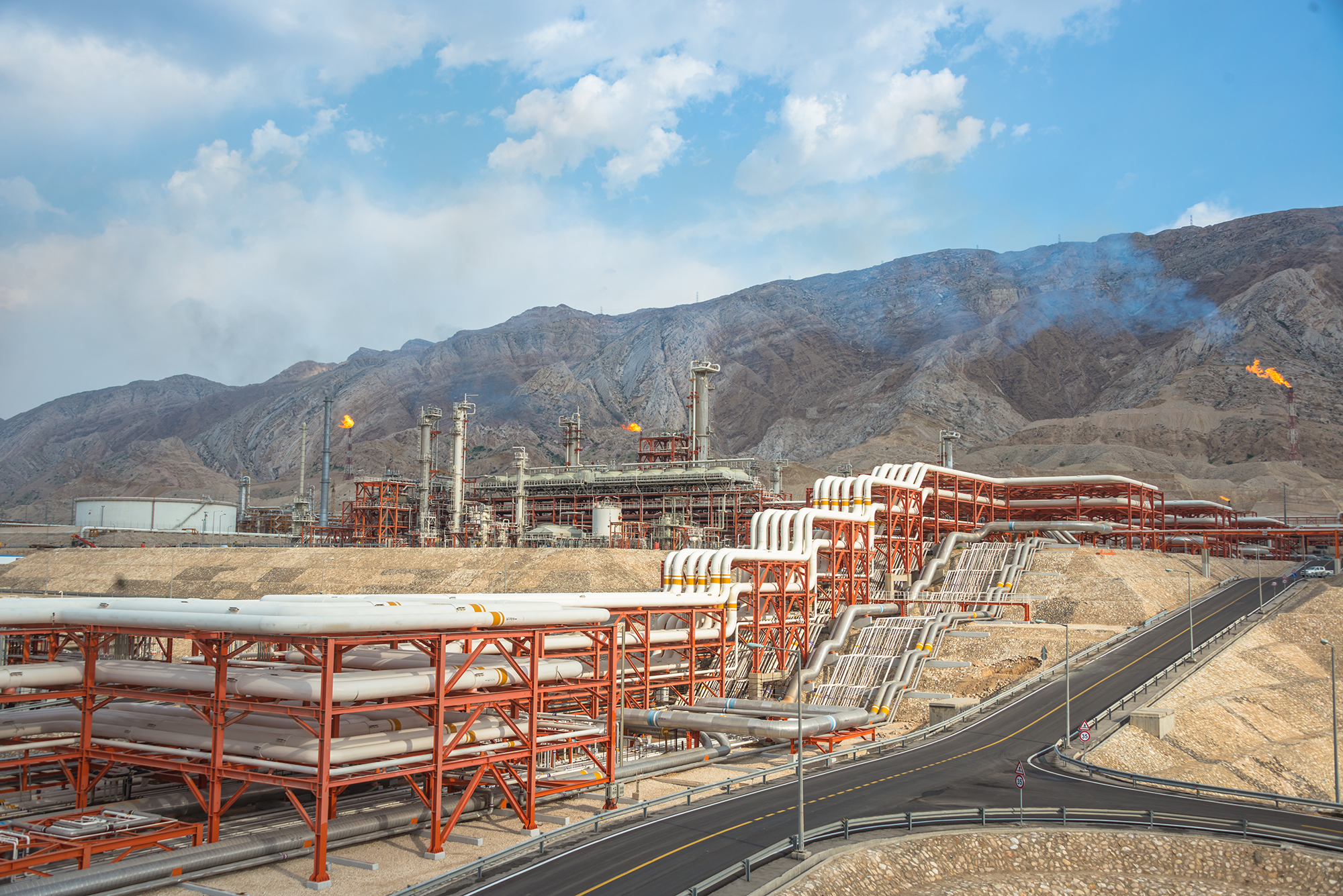Risk Engineering Survey Report
Risk surveys are necessary to identify hazards that may adversely affect property and business and to determine the effectiveness of existing control measures to address those hazards.
Within an insurance context, risk surveys are used to understand the extent to which different types of risks are exposed and to help decide whether or not these risks are within the insurer's risk appetite.
Risk surveys are also very important for underwriters to determine the frequency and severity of a particular risk, so that they can make informed decisions about the terms and conditions of coverage.
When our experts are asked to perform risk surveys, they not only provide documentation of the risk and exposure to various hazards, but also analyze the risk, which can be used by insurers and insurance managers for a full understanding of risk consequences. Most importantly, our experts provide enough information for insurers and insurance managers to evaluate the effectiveness and efficiency of existing control measures.



Risk surveys follow a process rooted in a comprehensive understanding of the principles of risk management, insurance and engineering. This process involves many steps, including:
1. Holding meetings with the presence of insured managers and employees in order to determine the existing processes and facilitate the understanding of operational models;
2. Examining technical and engineering documents in order to deeply understand the risk of the units;
3. Visiting the site, ongoing projects, units, etc. to view and further examine the risks;
4. Closely examining the property and assets and documenting their condition in order to fully understand the risks;
5. Carefully examining systems and their critical components to determine their condition and understand the risks associated with operation and maintenance;
6. Preparing a comprehensive report of risk analysis in accordance with the standard of insurance companies;
7. Preparing a risk improvement plan for the use of insurers and insureds and enhancing the risk profile.
